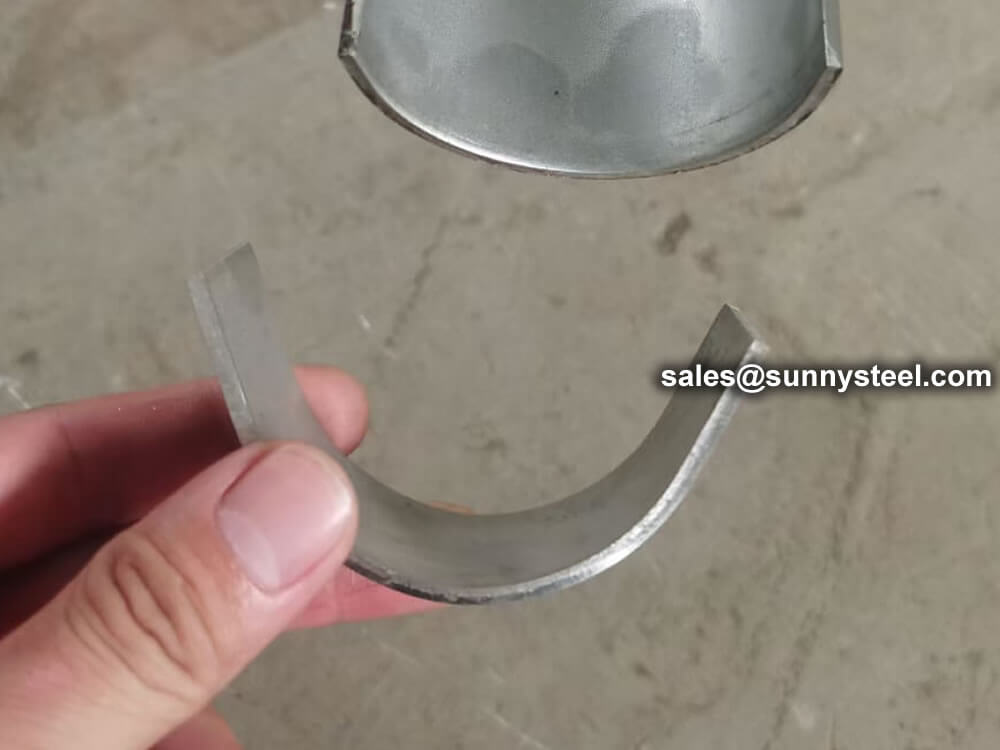
Snap rings are used in conjunction with boiler tube erosion shields, which is a clip that easily installs boiler tube erosion shields to the tube.
Download PDFSnap rings for tubes erosion shields are mechanical components used in conjunction with erosion shields (also called erosion protection sleeves) to protect tubes in applications where they are exposed to high-velocity fluids or abrasive particles, which can cause erosion or wear. These components are especially common in power generation boilers, heat exchangers, and other high-temperature or high-pressure systems where tubes may suffer from erosion.

Snap rings are used in conjunction with boiler tubes erosion shields, which is a clip that easily installs boiler tubes erosion shields to the tube.
The snap ring and Boiler Tubes Erosion Shields are overlapped and welded, generally about 190-200 degrees Erosion Shields is a 180-degree semicircle), but also leave a welding position for easy welding and fixing. Generally, each piece of Boiler Tubes Erosion Shields needs to be equipped with 2-4 snap rings with a pitch of 200-500mm.
The anti-wear snap ring is also called clamp, buckle, tube clamp, etc.
The main role of the anti-wear tile snap ring: the role of fixing the anti-wear tile to avoid problems such as the anti-wear tile falling off during installation.
The types of common anti-wear tile rings can be divided into: U-shaped lap type snap ring, butt-type semicircular snap ring.
The inner diameter of the U-shaped snap ring is the outer diameter of the wear-resistant tile plus the thickness of the wear-resistant tile, and the length varies from 20mm to 70mm. It will be 5mm more in semicircle. The extra part during installation will hold the wear-resistant tile and then spot weld. Compared with the butt-type semicircular snap ring, it is stronger after holding the wear-resistant tile and welding.
C-shaped snap ring is the most common snap ring. Mainly based on the size of anti-friction tile, the diameter and thickness are similar to the matching anti-friction tile, and the length varies from 20mm to 70mm. It is mainly connected to the wear-resistant tile by spot welding when installing the wear-resistant tile, so as to fix and prevent the wear-resistant tile from falling off.
Custom snap rings are the recommended method for tube shield attachment.
All products are purchased to proprietary customized specifications as well as normal industry standards with supporting documentation.
Generally, boiler tubes erosion shields are also installed to prevent further wear of the tubes and cause serious consequences such as boiler explosion.
The main role is to protect the heating surface of the boiler pipes, reduce pipeline wear, and increase the heating surface of the pipes.
